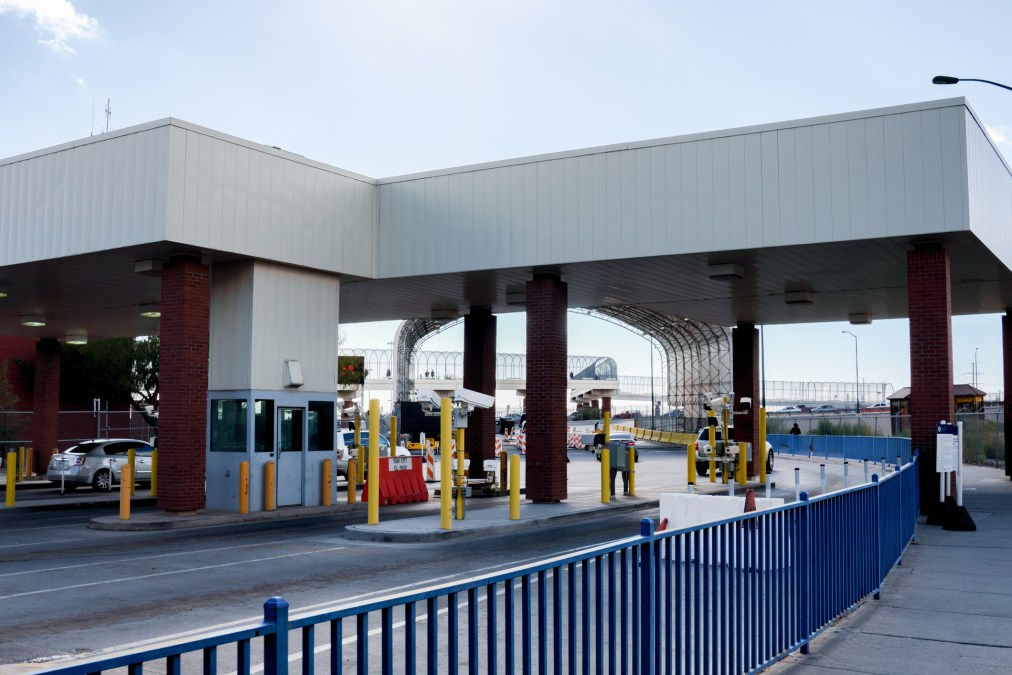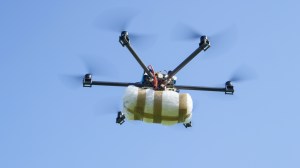Customs and Border Protection spends $202M on vehicle screening tech

Customs and Border Protection plans to conduct non-intrusive inspections of passenger vehicles at the U.S.-Mexico border using low-energy portal (LEP) systems worth $107 million being deployed at inspection sites.
The initial order was made with Reston, Virginia-based tech company Leidos, one of the winners of a $390 million multiple-award, indefinite delivery/indefinite quantity LEP contract.
CBP uses non-intrusive inspection systems to detect and prevent undocumented immigrants, illegal drugs, guns, contraband, and unreported currency from entering the country via cars, trucks, railcars, sea containers, luggage, packages, or mail.
“We are excited to provide the latest, non-intrusive scanning technology to support CBP’s essential mission,” said Jim Moos, president of Leidos Civil Group, in the company’s Thursday announcement. “Safeguarding our nations’ ports and borders is a critical priority, and we’re proud to support CBP Field Operations as they expand their capabilities and secure the Southwest border.”
Leidos VACIS LEP system incorporate Viken Detection’s OSPREY scanning technology for enhanced material discrimination and image resolution.
CBP’s LEP contract is a companion to its multi-energy portal (MEP) contract, which Leidos was awarded in April. A second, $95 million order was recently placed under that contract, which has a ceiling of $480 million.
Air domain awareness
The Department of Homeland Security Science and Technology Directorate is meanwhile working with CBP and several other agencies to develop requirements and testing criteria for tracking systems on drones along the U.S.-Canada border.
A team of government and industry partners completed a three-week test of radar systems, infrared and electrooptical cameras, radio frequency detection systems, and acoustic devices — all on small manned and unmanned aircraft systems — at a Limestone Hills, Montana training area recently.
The air domain awareness systems were evaluated on how quickly and accurately they could detect, track and identify targets in mountainous terrain, as a follow-up to similar tests on the plains of Camp Grafton, North Dakota in April.
“Safeguarding the vast geographical landscape and skies surrounding the northern border is no small feat,” said Shawn McDonald, program manager for DHS S&T, in a Thursday announcement. “So these ongoing efforts to increase our security and ensure our safety, both there and throughout the rest of the country, is a whole-of-government effort that we’re proud to be a part of.”
Also involved were the U.S. Coast Guard, Department of Defense and Federal Aviation Administration. DHS S&T plans to issue a comprehensive report on each technologies’ performance for other agencies interested in buying them to review.






